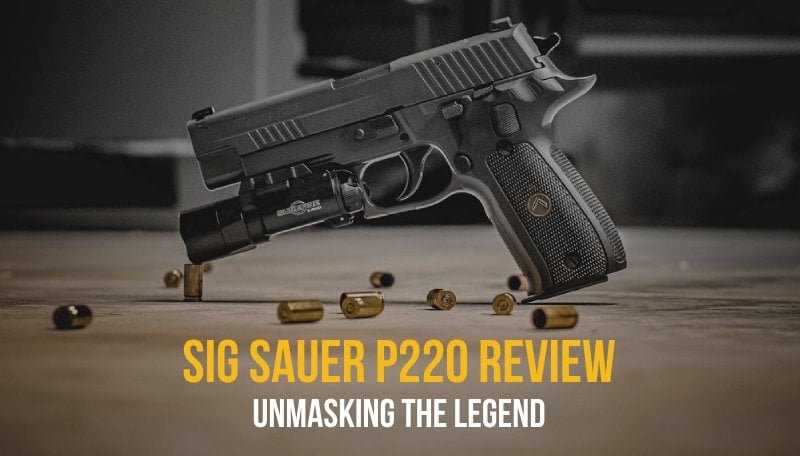
The SIG Sauer P220 stands as one of the best SIG Sauer pistols stems from its blend of precision engineering, innovative design, and uncompromising quality. In this SIG P220 review, we will delve deeper into the specifics of this pistol — exploring its features, performance, and user experience — to fully understand why it’s considered a standout among SIG Sauer’s impressive lineup.
Table of Contents
SIG Sauer P210: The P220’s Ancestor
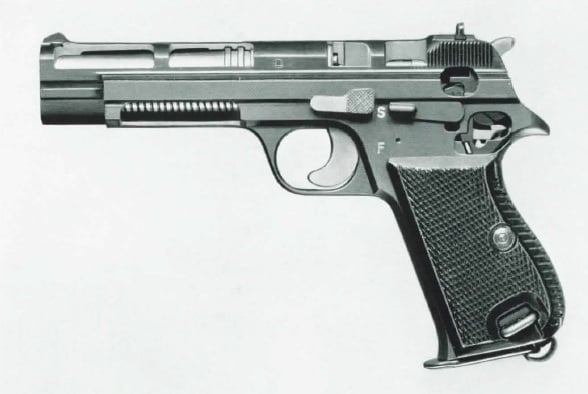
The SIG P210, often referred to as the epitome of pistol perfection, has a rich history and set a high standard for its successors. As soon as one holds a P210, it’s easy to understand why it’s held in such high regard. The grip fits like a glove, the trigger reset is like a glass rod snapping in two, and the slide moves with an almost surreal smoothness – akin to warm butter on a hot knife.
The mechanics of the P210 are based on the Browning short recoil system but with a unique twist – the slide of the P210 runs inside the frame rails. This then-uncommon characteristic was implemented to prevent the fit from loosening over time. Additionally, the hammer and a large portion of the fire control group are set into a single removable unit.
However, the P210 came with a hefty price tag due to extensive hand-fitting, making it a magnificent but costly option for a military sidearm. By the 1960s, the Swiss military began to seek a new service sidearm that was more affordable without compromising performance or durability. In response, SIG Sauer developed the P220.
The P220, aka the P75, maintained the basic structure of the P210, aka the P49, but introduced significant changes. It featured a folded sheet metal slide design, an alloy frame, and a double-action trigger. These changes marked a departure from the all-milled construction of the P210, offering a cost-effective yet equally reliable alternative.
SIG Sauer P220: Design & Features
The SIG P220 is an embodiment of innovation and reliability. Initially sold in the U.S. as the Browning BDA between 1977-1980, it eventually came to be recognized by its proper name, the P220.
Not everything was great about the first P220s. One of the earliest design changes in the P220 was the shift from a heel magazine release to a standard button magazine release. This modification was a nod to user-friendliness and ease of operation, keeping in line with the evolving preferences of firearm enthusiasts.

The P220 was pioneering in its own way, notably for being the first pistol to have the barrel and slide locked together via the barrel’s enlarged breech section mating with the slide’s ejection port (instead of the Browning design that had barrel lock-up via locking lugs and grooves.) It was a game-changer at the time.
Back in time, the slide production method of the older versions of the P220 pistol was a novelty, at least for Switzerland. The slide was made from heavy-gauge sheet metal stamping with a welded-on nose section, incorporating an internal barrel bushing. The slides of current-production P220s are CNC-milled.
The stamped models also have a removable breech block attached to the slide employing two roll pins visible from either side. In contrast, the newer milled slides are a one-piece unit and do not have a removable breech block. In the late 2000s, SIG added a Picatinny rail.
Originally, the P220 series was DA/SA, but today SIG also manufactures P220 SAO models that feature manual safety a la M1911. The P220 DA/SA variant only has a decocker lever and lacks any external safety mechanisms – instead, it features several passive safeties. Let’s talk about these.
The first is an automatic firing pin block safety, ensuring the gun will not fire even when dropped from a reasonable height. It’s designed to be removed only when the trigger is pulled at nearly a considerable length. Second, the safety notch prevents the hammer from accidentally striking the firing pin. Third, the slide has a notch, known as the trigger bar disconnector, which separates the firing pin from the cartridge to prevent accidental discharge during cycling.
By the way, the decocking lever is light and perfectly placed right where the thumb falls. It’s extremely easy to reach and use. It safely drops the hammer away from the firing pin after chambering a round.
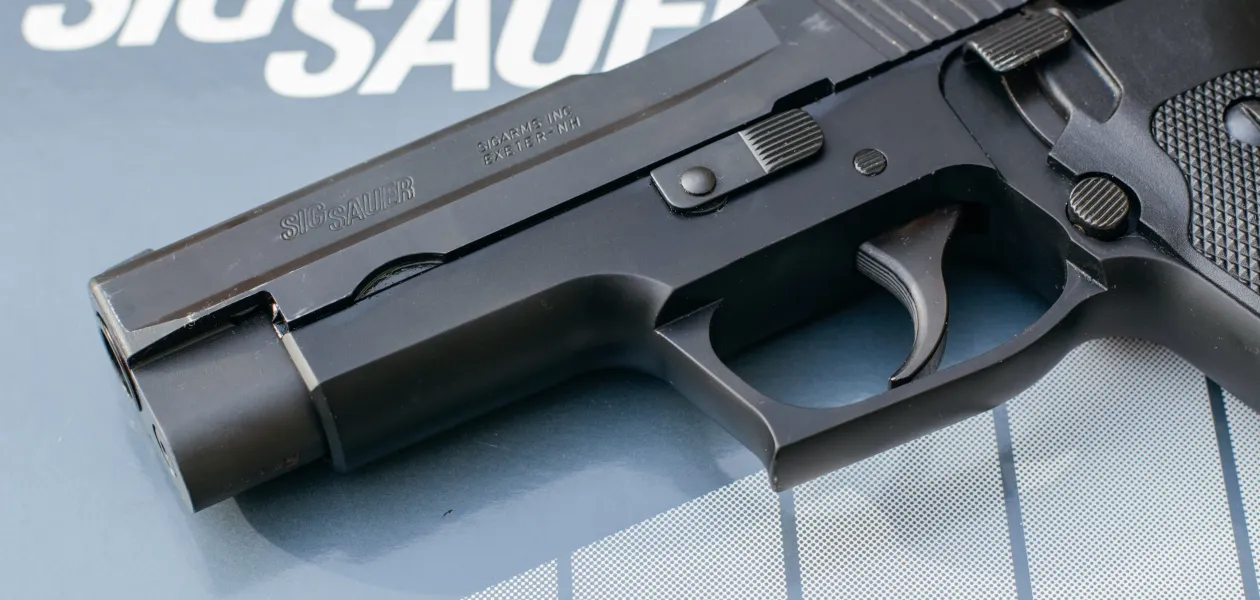
The firearm comes equipped with a textured magazine release that is conveniently positioned and can be easily reached without requiring much hand adjustment. In fact, with slimmer grips, it could possibly be accessed without any adjustment at all. Additionally, the gun features a minimalistic beavertail which seemingly acts more as a protective guard against slide bite rather than serving as a traditional beavertail.
Today, the SIG P220 is available in .45 ACP and 10mm caliber.
SIG Sauer P220 45 ACP: Handling & Shooting
When it comes to actually using, the SIG P220 is a standout, regardless of vintage. Its extraordinary accuracy has been lauded by almost every credentialed tester, with many asserting that among all SIG pistols, the P220 might be the most accurate, second only to the P210. In particular, shooters love the P220 .45 ACP pistol.
Indeed, the popularity of the P220 is second only to the Colt M1911 Government Model. It could be attributed to its straightforward design, which is arguably as simple as a handgun can be while still maintaining functionality. The human engineering of the P220 is outstanding. The controls are positioned in such a way that they can be readily operated. The slide lock is the only disappointment – its positioning makes it pretty useless. The decocker sits ahead of its position, and if you opt for a modern thumb-forward grip, it sits right on top of the slide lock. This arrangement may result in the firearm not locking back after discharging the final round.
In the P220 DA/SA version, the DA trigger is notably one of the best in the market. When in SA mode, the clean trigger is between 4-6 pounds. The distance the trigger needs to move forward to reset the sear protects against unintentional discharges in high-stress situations without significantly slowing down the rate of fire. If you find handling a DA/SA trigger hard, you can still choose the P220 SAO pistol.
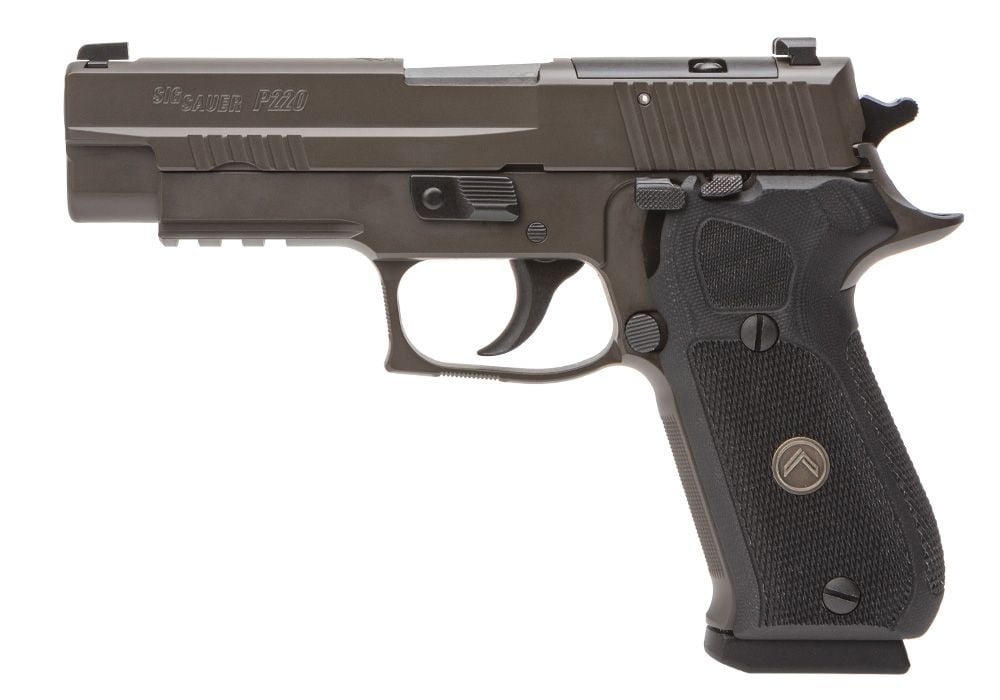
Shooting the P220 feels smooth and gentle. The low-pressure .45 ACP round simply nudges the slide back with a mild bump. While the slide of a 1911 pistol sits lower to the hand, hence jumping less due to increased leverage, the SIG Sauer P220 is still pleasant to shoot because it’s metal and absorbs much of that recoil.
Actually, if we continue comparing the SIG P220 vs. 1911, we’ll discover how easier it is to handle the P220. The thing is that, to fire a 1911 pistol, you need to correctly actuate two external safeties – the thumb and the grip. Moreover, if you want to carry it combat-ready, you should keep it cocked and locked, with the hammer on a loaded chamber and thumb safety engaged. And to safely decock a 1911, you need to lower your hammer manually. That’s a lot to pay attention to, especially for a beginner. In contrast, there’s only one way to carry a SIG P220 combat-ready – hammer down on a loaded chamber. The safety is on those passive internal mechanisms and decocking lever.
With a barrel length of 4.41 inches, the SIG P220 is slightly shorter than the 5-inch Government Model. However, what it lacks in length, it makes up for in ergonomics. The P220 feels round and friendly in the hand, with its thick grip providing a comfortable hold. Some find it easier to shoot due to the larger grip managing the recoil more effectively. However, those with smaller hands might find it less comfortable, particularly when combined with the longer-reach DA trigger pull.
Though on the heavier side, weighing 30.5 ounces for the current .45 ACP model, the P220 is as pleasant to shoot as the full-size 1911 in the all-steel configuration, which weighs around 39.5 ounces.
Despite its size, the P220 is surprisingly flat and can easily disappear into concealment. Its design and performance make it a reliable companion for any shooter, reinforcing its position as a classic in the world of firearms.
Summary
- Shootability (5/5): Thanks to a thick grip and metal frame, the SIG P220 offers an exceptional shooting experience with its gentle recoil and manageable muzzle rise. Firing low-pressure .45 bullets from the SIG P220 .45 ACP is especially pleasant.
- Reliability (5/5): With its top-notch mechanical performance and robust construction, the SIG P220 earns a full score in reliability. It goes off with every trigger pull.
- Ergonomics (4/5): Despite its comfortable grip and friendly feel, the larger size may not suit all hand sizes.
- Accuracy (5/5): Owing to its clean trigger pull and excellent human engineering, the SIG P220 is one of the most accurate SIG pistols.
- Customization (4/5): While the SIG P220 allows some degree of customization, it doesn’t offer as much flexibility as more modern SIG pistols, which is understandable.
- Price (3/5): From a pragmatic viewpoint, marketing a single-stack .45 ACP firearm that’s not a custom piece and costs over a thousand dollars can be challenging, especially when compared to other contemporary .45 ACPs available in the market.
SIG Sauer P220 .45 ACP pistol
Capacity: 8+1
Barrel Length: 4.4″
Overall Length: 7.7″
Height: 5.5″
Width: 1.5″
Weight: 30.4oz
P220 Nitron .45 DA/SA
P220 Legion .45 DA/SA
P220 Legion .45 SAO
SIG Sauer P220 10mm pistol
Capacity: 8+1
Barrel Length: 5″
Overall Length: 8.8″
Height: 5.5″
Width: 1.3″
Weight: 44oz
P220 Legion 10mm DA/SA
P220 Legion 10mm SAO
FAQ
Is the SIG P220 discontinued?
Yes, most variants of the SIG P220 have been discontinued. The only models available are the P220 45 ACP (Legion DA/SA & SAO, Elite, Equinox) and the P220 10mm (Legion DA/SA & SAO).
How many rounds does a SIG P220 hold?
Both SIG P220 .45 and P220 10mm hold 8+1 rounds.
What caliber does the Sig Sauer P220 use?
Today, the SIG Sauer P220 is offered in .45 ACP and 10mm. Models in .22 LR, .38 Super, and 9mm Parabellum are discontinued.


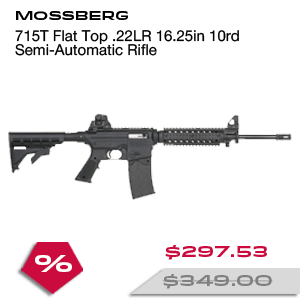
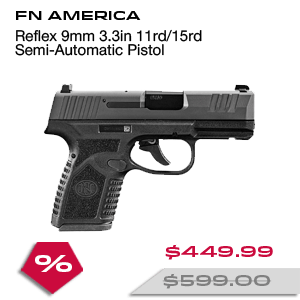
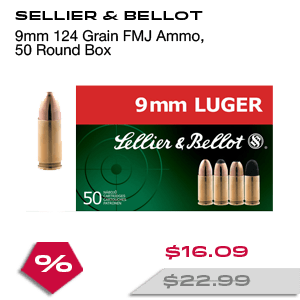

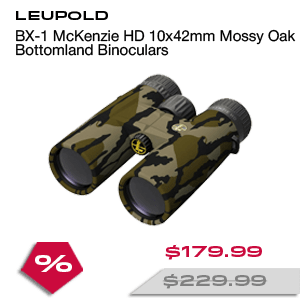





Leave a Reply